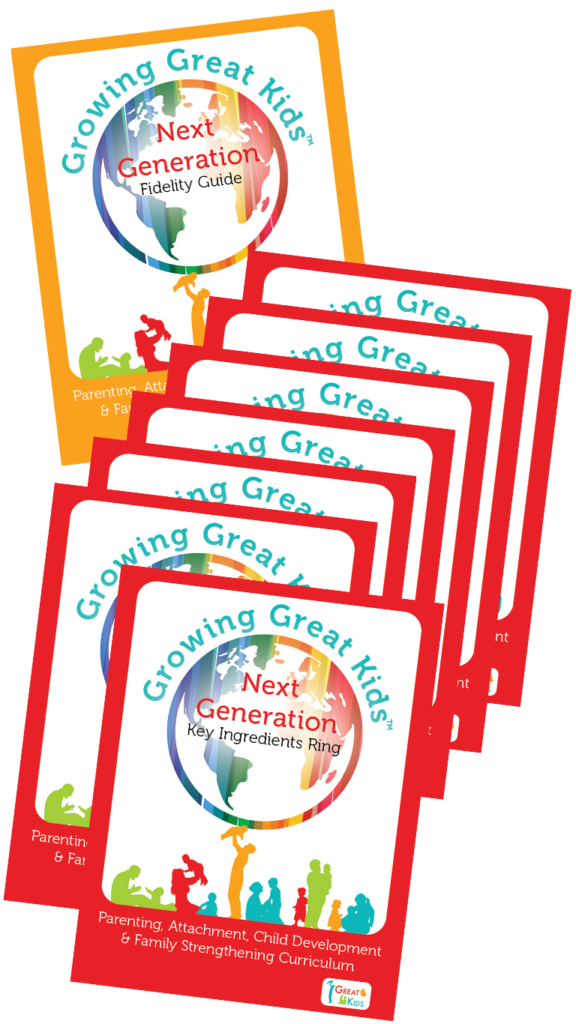Language development is not only critical to children’s ability to communicate with others, but it also has a huge impact on their ability to communicate in their own head. This is why language development is so closely connected to impulse control. Children learn language at an amazing pace and they harness their language skills to organize both their internal and external worlds. Helping parents to support this development in their children will make a remarkable difference in children’s brain function.
Did you know that researchers have found remarkable differences in a child’s brain function, as well as their understanding of and use of words, based on their early experiences with what’s called “child-directed speech”? Child-directed speech occurs when children are spoken to directly by a human being, in contrast to speech heard on television/electronic devices or conversations they overhear.
In a study, conducted by Stanford University Professor, Anne Fernald, one child experienced more than 12,000 words of child-directed speech in a single day, in comparison to another child who heard a mere 670 words of child directed speech. Not surprisingly, in her study, she found that the youngsters who received more child-directed speech processed language more efficiently and learned words more quickly.
The Play-by-Play Daily Do aims to build parents’ “child-directed speech” skills. Often parents do not understand the value of talking to an infant. To them, “child directed speech” can feel uncomfortable or even embarrassing.
In GGK Birth to 12 Months, in the Cues & Communication Module on page 187, you will find the first introduction to the Play-by-Play Daily Do. The conversation in this module underscores the benefits of talking to infants, while normalizing that many parents, in the beginning, feel uncomfortable talking to their infant.
Using this module to present Play-By-Play will help parents to not stress about “what” to talk to their child about. Just talking about what’s happening is easy and can take this pressure off of the parent!
Here are some Play-by-Play Skill-Building Suggestions:
- When Play-by-Play does not come naturally to a parent, you might want to jump ahead to the “Broadcaster Shuffle Cards” activity, in the 7-9 Months Cues & Communication module, to offer opportunities to build confidence and the parent’s comfort level with “child-directed speech” and doing Play-by-Play. When parents master this Daily Do early on, they have a head start at building their child’s vocabulary, cognitive abilities and communication skills…How great is that?!
- When parents are interacting with their children, remember that using all three steps of Accentuating the Positives (ATPs) with them will keep that Cycle of Mastery going.
- Try to find many opportunities to encourage parents to practice Play-by-Play during every home visit.
- Suggest that parents find examples of the following concepts around their home: soft-hard, over-under, wet-dry, smooth-rough, big-small, fast-slow, in-out, open-close, on-off, stop-go and full-empty. This will provide easy activities that will extend children’s vocabulary and help parents practice their Play by Play skills.
Language is a critical aspect of child development that impacts cognition across all learning domains. Helping parents learn to master the use of Play by Play will greatly enhance their child’s language processing.
Feel free to email any topic suggestions or questions to danabroadway@greatkidsinc.net


